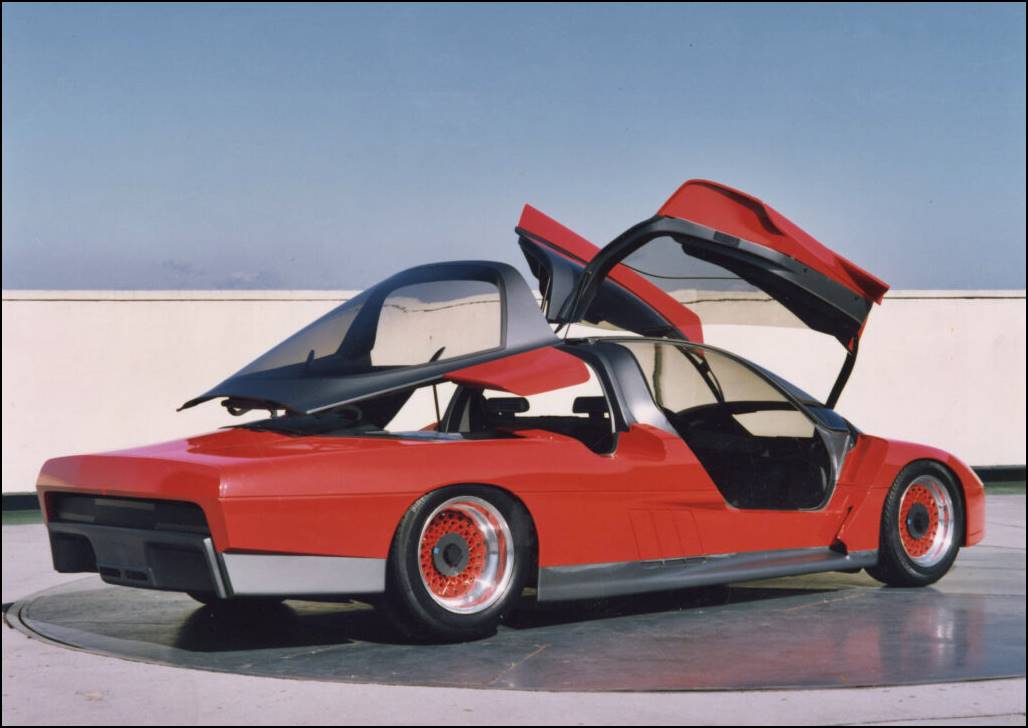Calty was Toyota’s earliest overseas R&D facility, having been established in 1973. It was situated in California, where new design trends often began and provided Toyota with ideas on the direction to take in future vehicle design, especially for the US market.
It was thus given the role of an advanced design studio, exploring ideas that were innovative. Some projects remained as concepts and design studies – not necessarily ignored but perhaps not ready for the world yet. There were also designs which would make it all the way to production – like the Previa/Estima, FJ Cruiser, Lexus LC500 and the original Celica Supra and current Supra.
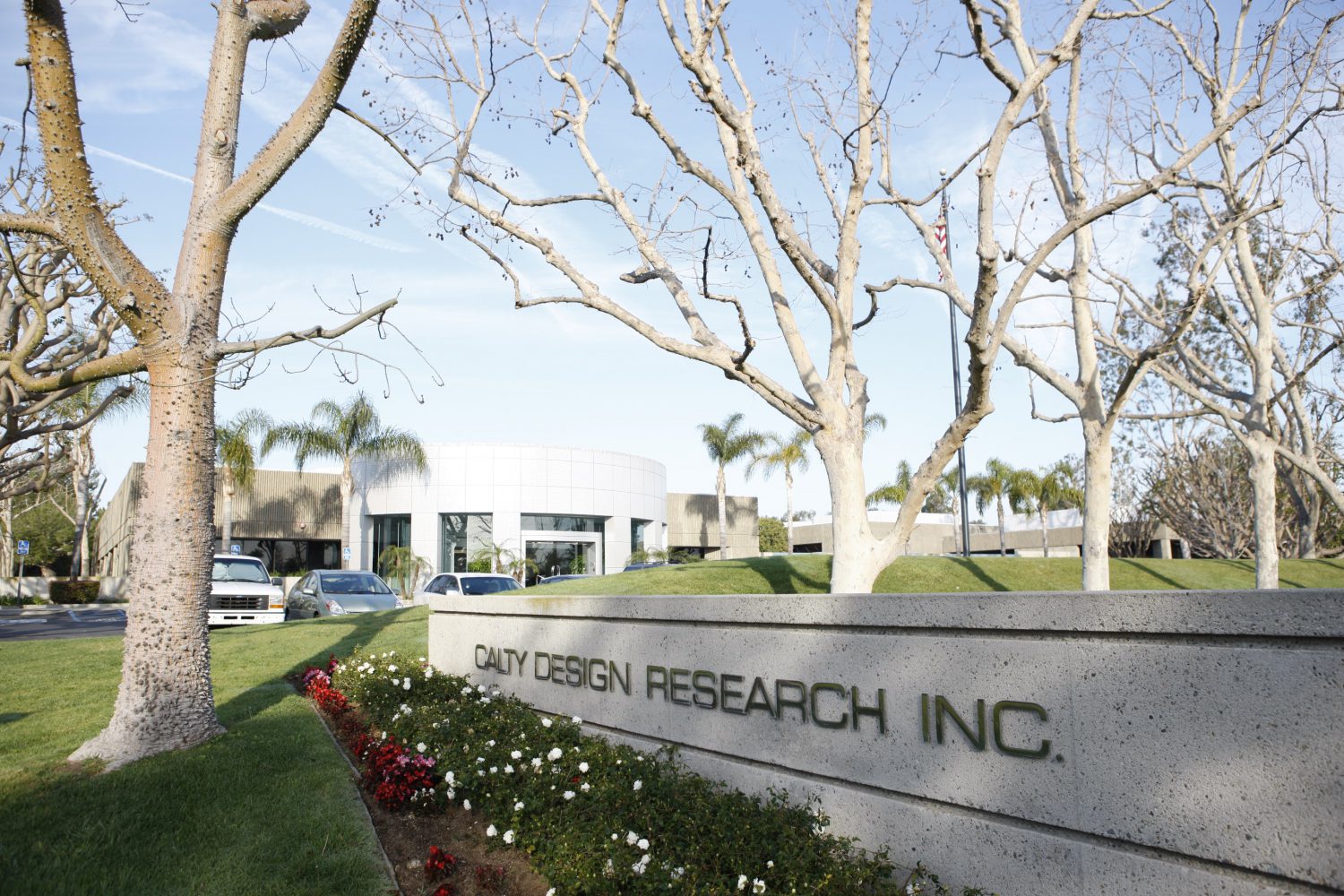

Only those who work (or have worked) at Calty know just what designs stored in the archives but this year, celebrating its 50th anniversary, the facility revealed some of the ideas that have remained unseen over the years. Here are some of the interesting ideas that looked into the future of mobility…
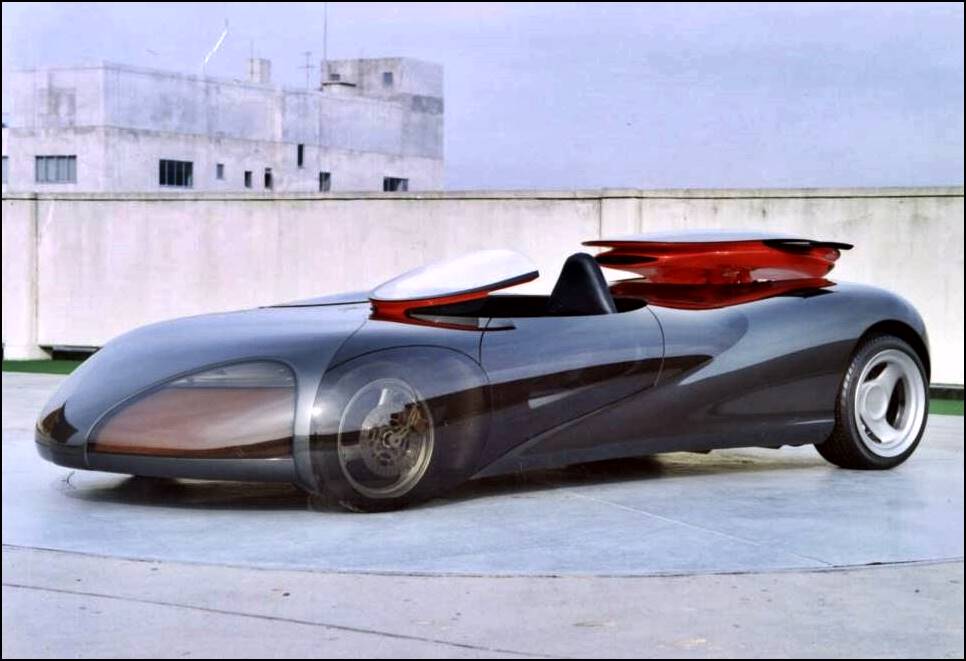
Future High Performance Concept: Towards the end of the 1980s, the Calty team began picking up speed. From their studio in a warehouse near Los Angeles airport, they came up with many design studies which were usually in the form of performance/sports cars. The 1980s was all about flash and flair, and this advanced concept was no exception.
It featured an engine that, with the press of a button, rose from the middle of the bodywork, providing a cooling effect while driving. That wasn’t the only innovation. The windscreen on the driver’s side of the two-cockpit design could also be completely closed when parked.
EV Concept: Electrically powered cars were around in the early part of the 20th century but died off as the combustion engine proved more popular and convenient. Nevertheless, the designers at Calty thought that electrified propulsion could one day return and offered their ideas of how electric vehicles might look like.

This concept was one idea, probably Calty’s first serious look at EVs. Even back then, the designers understood that an EV needed to be light and have superior aerodynamic qualities for maximum driving efficiency. The model had thin tyres for low resistance and a compact 2+2 body for use as an urban commuter.
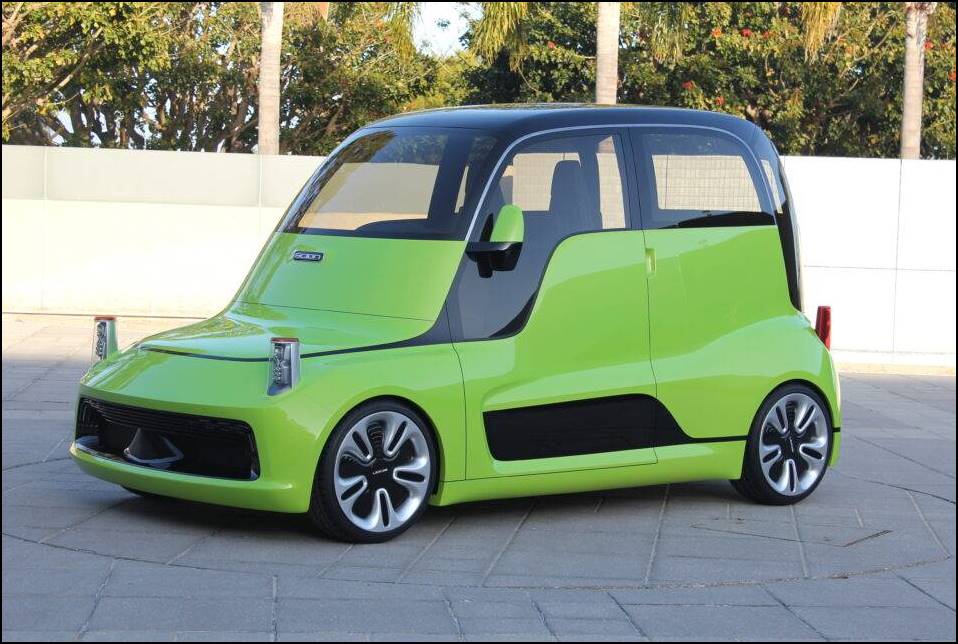
NYC Concept: Exploring future transportation trends in big cities has always been ongoing at Calty and one idea was this design study in 2012. An internal project, it featured several unique and innovative ideas, including a ‘fence seat’ for front passengers. This idea has the front-seat passengers leaned against a support in a unique semi-seated/standing position in the same manner they would lean against a wall or a fence. So instead of being properly seated, they stood nearly upright with their hips pressed against the supports.
This allowed them to attain the same eye level with pedestrians, which enhanced eye contact near crowded walkways. Plus, the tight rear seats folded down, providing ample space to haul things like sports equipment or a bicycle.
The NYC Concept’s distinctive vertical proportion made for an extremely compact footprint with good utility — ideal for navigating crowded, busy streets.
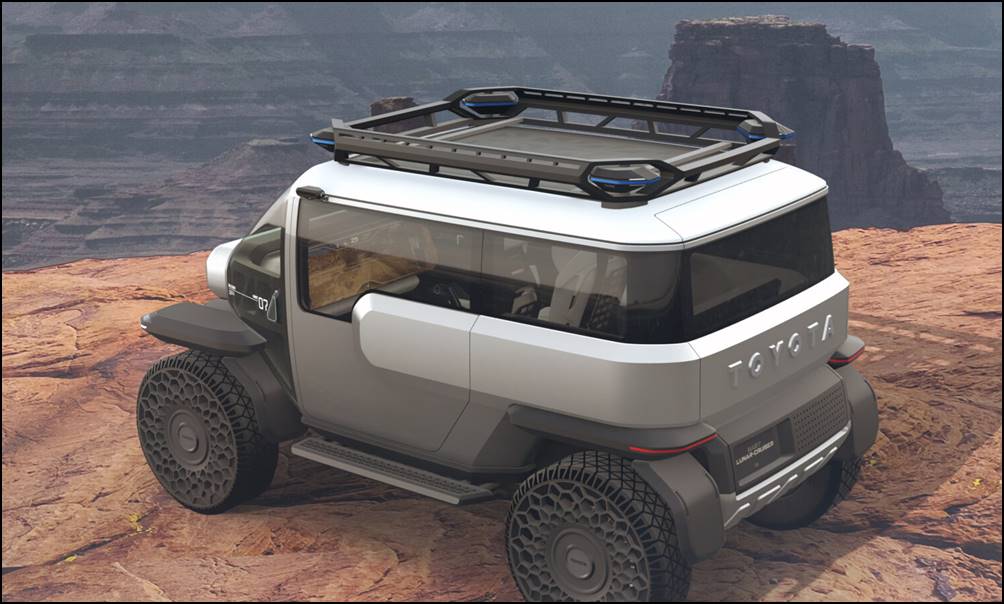
Baby Lunar Cruiser: The Calty designers came up with this idea which was meant for driving on the surface of the moon. They envisaged the terrain to be rough and sandy so a vehicle which could function well there could be an idea off-roader of the future on earth (at the time, they were thinking of 2030).

The Baby Lunar Cruiser (BLC) is built on a conceptual EV platform with in-wheel motors providing power to all 4 airless tyres. Its body is designed from an engineer’s perspective, making every component of the BLC grounded in reason and functionality. ‘Drive control’’ joysticks are used to steer and also operate the accelerator and brakes. The rear seats accommodate two adult passengers and offer a fold-down feature for additional cargo space.
Autonomous operation was also included as this would surely become available in future. And there’s also an augmented reality-based ‘drivetainment’ system with a gamification feature that converts the vehicle into an interactive videogame!

X86D: Following the introduction of the FR-S (the Toyota GT86 sold under the Scion brand in the USA), Calty was inspired to put the car’s unique platform and package to further use — namely, the flat-4 engine and all-wheel drive.
Created in 2012, the X86D concept essentially transformed the coupe into a 4-door shooting brake. The uniquely shaped backside was a special feature, giving it a hotrod-like appearance when viewed from its profile and rear.
Mimicking the cockpit of a racing car, the cabin was centered around the driver. The low nature of the boxer engine allowed for a low bonnet line, making the design look the part of a pure sportscar.

